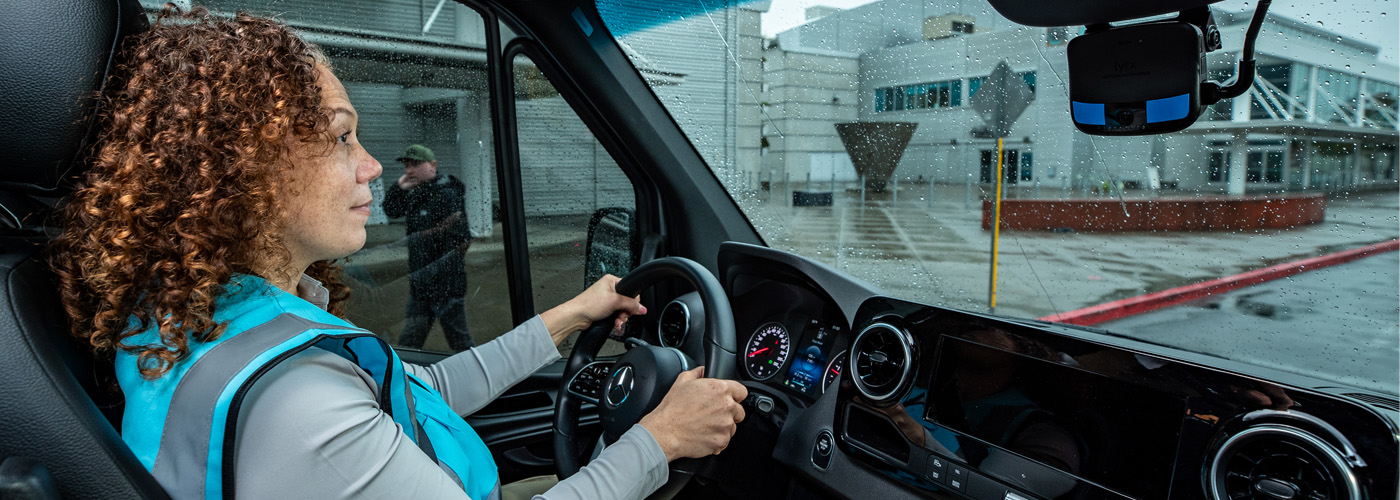Impaired Driving Prevention: Fleets Take the Lead

December marks Impaired Driving Prevention Month, a time to spotlight the behaviors that put lives at risk and how fleets can lead the charge in creating safer roads.
Distracted, impaired, and aggressive driving continue to be major concerns for both commercial and private drivers. According to a survey published by AAA, most drivers recognize how dangerous risky driving behaviors can be, yet a significant number admit to practicing these habits themselves:
- 20% of those surveyed confessed to driving while drowsy.
- 37% of drivers acknowledged reading a text or email while behind the wheel.
- Almost half of respondents admitted to driving 15 mph over the speed limit on freeways.
This gap between drivers' awareness and their actions is central to the ongoing challenge of promoting safer driving practices.
Why Impaired Driving Prevention Matters for Fleets
For commercial fleets, the stakes are even higher. Risky driving behaviors don’t just endanger individual drivers; they can lead to:
- Increased collision rates, resulting in costly repairs and insurance claims
- Operational delays, which affect customer satisfaction and revenue
- Regulatory compliance issues, especially when accidents involve hazardous materials or cross-state operations
With driver shortages and rising fuel costs already pressuring the industry, every preventable incident adds unnecessary strain. Fleet managers need tools that go beyond basic monitoring. They need proactive solutions that identify risk before it becomes a problem.
How Lytx® Can Help Fleets Identify and Address Risk on the Road
Many of the risks fleets face — distraction, speeding, and fatigue — are hard to catch in real time. Lytx’s safety tools are designed to help give fleets clearer visibility into these behaviors and the conditions around them, helping managers and drivers act sooner and reduce the likelihood of a collision.
With Lytx, fleets can spot risky driving behavior by combining video telematics with contextual data. Fatigue Detection tracks patterns over time to identify early signs of drowsiness. When risk increases, drivers receive prompts — such as beeps, audio messages, or LED lights — to help them stay alert. Managers can also receive notifications, allowing them to intervene quickly and support drivers before fatigue leads to a serious incident.
Dynamic Risk uses machine vision, AI, weather data, and insights from more than a million vehicles to provide a fuller picture of each event. This information is translated into a weighted risk score that helps managers focus on the highest-risk situations, while adaptive in-cab alerts† give drivers timely cues to correct their behavior.
Helping Fleets Prioritize Safety While Supporting Business Growth
Risky driving behaviors won’t disappear overnight, but fleets that invest in proactive safety tools can significantly reduce collisions, lower costs, and improve driver well-being. Lytx’s video telematics and MV+AI technology give fleets the visibility and intelligence they need to take action earlier, coach more effectively, and create a safer culture behind the wheel.
By equipping drivers and managers with the tools to recognize risk in the moment, Lytx helps fleets stay focused on what matters most: protecting their people and growing their business with confidence. Contact our team today to see how this could work for your fleet.
